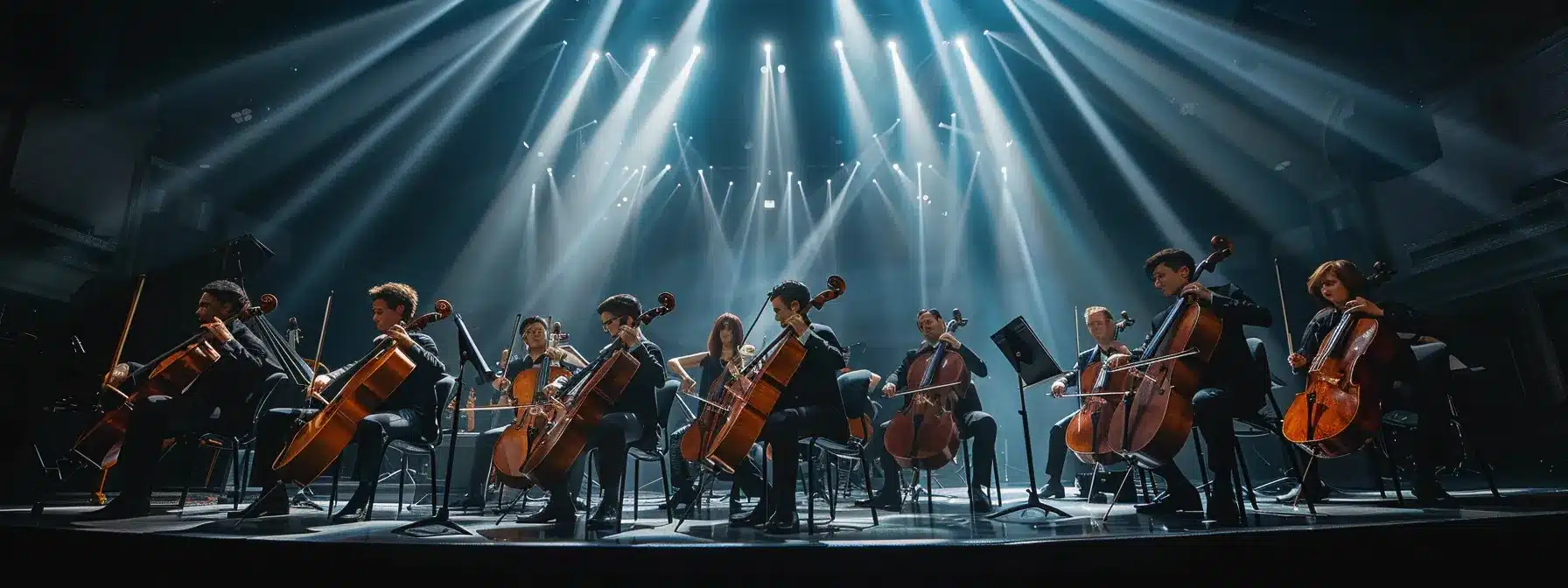Orchestra History Overview: Tracing the Evolution From Origins to Modern Day

The journey of the orchestra traces back to its earliest origins, where musical composition began to take shape through simple instruments like the organ. Pioneers of this art form, such as Wolfgang Amadeus Mozart, played a crucial role in the evolution of orchestras, blending various elements to create masterpieces that resonate through time. With every conductor and musician, the orchestra has transformed, leading to the vibrant ensembles we celebrate today. At The People’s Orchestra, we honor this rich history while fostering a community that thrives on creativity and collaboration. Keep reading to discover how the orchestra has evolved and continues to shape music in our modern age.
Tracing the Origins: The Birth of the Orchestra

The evolution of The People’s Orchestra is a fascinating journey that begins in the grandeur of the Baroque era. During this time, the early orchestra emerged, characterized by its blend of strings, woodwinds, and brass, creating a rich tapestry of sound that captivated audiences within the theatre. Composers like Anton Bruckner and Antonín Dvořák would later influence the transition to the Classical orchestra, enriching the concert experience with more structured forms and intricate harmonies. As youth orchestras began to take shape, they provided a platform for aspiring musicians to engage with this developing art form, paving the way for generations to come. Understanding these transformations reveals how The People’s Orchestra has grown into the dynamic ensemble that we celebrate today.
The Early Orchestra in the Baroque Era
During the Baroque era, orchestras began to take shape, setting the stage for what you know today as the modern ensemble. Musicians utilized instruments like the double bass, which provided a grounding depth to the emerging orchestral sound. The influence of composers such as Sergei Prokofiev and John Adams became evident much later, but their groundwork was firmly laid during this time, establishing a rich tradition that has garnered recognition, including Grammy Awards, throughout music history.
This period is marked by experimentation in instrumentation and composition, culminating in a blend of musical styles that transformed the concert experience. The Chicago Manual of Style may refer to the significance of orchestral arrangements in this era, highlighting how connections formed between string and wind instruments. As you consider these historical developments, appreciate the evolution that has led to contemporary orchestras, enhancing performances that resonate with audiences worldwide.
The Transition to the Classical Orchestra
The transition to the Classical orchestra marked a profound shift in the way musicians approached composition and performance. Influential composers like George Frideric Handel and Hector Berlioz expanded the orchestral landscape, bringing new textures and dynamics to the arrangement of instruments. As a member of an orchestra today, you can appreciate how these changes laid the groundwork for the powerful ensembles that groups like the Cleveland Orchestra embody in their performances.
This period also saw the rise of chamber music, which allowed smaller groups of musicians to explore intricate relationships between melody and harmony. The developments during the Classical era emphasized clarity and formality, enabling musicians to convey emotions and narratives through their music. Understanding this transition helps you grasp how orchestras evolved, becoming more structured and expressive through the ages.
The Golden Age: Beethoven and Romanticism

As you delve into the Golden Age of classical music, you’ll notice how Beethoven’s revolutionary impact reshaped orchestral composition and performance. His bold innovations set the stage for a remarkable period marked by the expansions of Romantic composers, such as Richard Wagner and Richard Strauss, who pushed the boundaries of musical expression. You’ll uncover how Sergei Rachmaninoff added rich emotional depth to orchestral works, captivating audiences and furthering the legacy of the orchestra. Each of these figures contributed to an evolution that continues to resonate, inviting you to explore this captivating historical period, perhaps with a simple web browser search to discover more about their enduring influence.
Beethoven’s Revolutionary Impact
Beethoven’s innovative approach transformed orchestral music, leading to a greater emphasis on emotional expression and thematic development. His mastery of the keyboard instrument allowed him to explore complex harmonies and seamless transitions, significantly influencing compositions that followed. For instance, the bassline in his symphonies often served as a foundation for developing richer textures and sophisticated orchestral narratives, akin to the grand scale of operas like “Das Rheingold” by Wagner.
The shift toward a more dynamic and dramatic orchestral experience during Beethoven’s time carried through to future composers like Felix Mendelssohn, who embraced this evolving landscape. Mendelssohn’s works, particularly his sinfonia, reflected a nuanced understanding of orchestration and musical storytelling that resonated deeply with audiences, showcasing the strides made since Beethoven first paved the way for these advancements.
Romantic Era Expansions and Innovations
The Romantic era witnessed remarkable advancements in orchestration, as composers like Gustav Mahler expanded the scale of orchestras and introduced new textures to their works. As a music director, Mahler pushed the boundaries of symphonic form, creating complex, emotional landscapes that captured the essence of human experience. His ability to blend solo instruments with the full ensemble redefined orchestral music, steering it towards dramatic depth and richness.
Alongside Mahler, Maurice Ravel brought a distinct flair to orchestration during this dynamic period. His innovative use of orchestral colors complemented by Pierre Boulez‘s modern interpretations continues to influence how we perceive classical music today. Ravel’s compositions often featured intricate arrangements that highlighted the interplay between solo and ensemble passages, captivating audiences with their distinct sound and emotional resonance.
Technological Advances: Instrumentation Evolution

As you delve deeper into the evolution of orchestral instrumentation, consider how innovations in string, brass, and woodwind instruments have shaped musical expression over centuries. Composers like Joseph Haydn and Aaron Copland pushed the boundaries of what these instruments could accomplish, creating works that resonated with audiences in profound ways. The development of string instruments, for example, introduced new sonorities and techniques that allowed for greater emotional depth and complexity. Meanwhile, advancements in brass and woodwind technology enabled composers to experiment with richer textures and dynamic contrasts, elevating the orchestral experience. Through a newsletter, you can stay updated on how the Cleveland Orchestra continues to reflect these innovations in its performances, drawing inspiration from the past while embracing the future of orchestral music.
The Evolution of String Instruments
The evolution of string instruments has significantly impacted the landscape of orchestral music, especially through the development of techniques that enhance articulation in performances. The violin, for instance, has undergone various transformations, allowing composers like Franz Liszt to explore the depth of sonata form in their compositions. As you listen to the American Symphony Orchestra, you can appreciate how these advancements in string instruments provide a richer and more expressive sound experience.
Brass and Woodwind Innovations
The evolution of brass and woodwind instruments has significantly shaped orchestral music, enhancing its overall richness and complexity. The intricate construction and design modifications have allowed composers to explore new possibilities, such as the incorporation of the bassoon to complement the basso continuo in performance. Renowned conductors like Lorin Maazel have expertly showcased these advancements in their interpretations, providing audiences with a deeper appreciation for these instrumental innovations.
Woodwind instruments, particularly the clarinet, experienced transformative changes that expanded their range and expressive potential. The enhanced capabilities of these instruments can be likened to the emotional depth found in a piano concerto, allowing for more nuanced performances and interactions within the orchestra. The New York Times often highlights how these developments continue to influence contemporary orchestral sounds, demonstrating the lasting legacy of brass and woodwind innovations in the music landscape.
The Wagnerian Influence: A New Orchestra Emerges

Wagner’s vision of a unified artwork marked a significant transformation in orchestral music, emphasizing the need for harmony between music, drama, and visual elements. His insistence on an integrated approach resonated with composers and conductors alike, encouraging them to explore new musical forms and techniques. The introduction of the Wagner tuba, a unique instrument designed to blend with the brass and woodwinds, showcased this innovative mindset while allowing for richer soundscapes. Influenced by the works of predecessors like Ludwig van Beethoven, Wagner’s pursuit of artistic patronage helped elevate orchestral performance to new heights. As Erich Leinsdorf would later highlight in his interpretations, Wagner’s contributions to the orchestral suite became a cornerstone in the evolution of this art form, shaping how musicians engage with both traditional and modern repertoire.
Wagner’s Ideals of a Unified Artwork
Wagner’s ideals of a unified artwork emphasized the integration of music, drama, and visual elements to create a complete sensory experience. His innovative approach not only influenced his operatic works but also set a precedent for composers like Pyotr Ilyich Tchaikovsky and Johannes Brahms, who sought to merge narrative and musical forms within their overtures and symphonies. To understand this evolution further, you can refer to an encyclopedia of music history, which will elaborate on how these concepts transformed both composing and conducting practices in orchestras.
This notion of unity inspired future generations of musicians to think of orchestral performance as a cohesive whole rather than a simple collection of individual parts. Conductors became pivotal in shaping this vision, ensuring that the essence of Wagner’s philosophy permeated through the music they led. Each performance aimed to engage audiences deeply, making the orchestra a vital channel for storytelling, much like Wagner’s approach in his renowned works.
The Introduction of the Wagner Tuba
The introduction of the Wagner tuba marked a pivotal moment in orchestral development, enriching the sound world through its unique blend of brass and woodwind characteristics. This instrument’s creation was closely aligned with the evolving demands of orchestral music during Wagner’s time, resonating with his vision for a holistic musical experience similar to that sought by composers like Franz Schubert in their quest for expressive depth. Conductors, including George Szell, embraced this innovation, wielding their baton to harness the tuba’s warm, rich tones in various compositions.
The 20th Century: A Century of Change

The early 20th century ushered in a vibrant movement of musical experimentation that dramatically shifted the landscape of orchestra performance. As composers began to explore unconventional techniques and integrate diverse influences, the essence of romantic music transformed to accommodate new styles and forms. In bustling New York City, orchestras responded to this changing environment by embracing electronic instruments, which added unique timbres and expanded possibilities for sound design. The trombone, often featured in orchestral compositions, played a significant role in providing rich accompaniment that complemented evolving musical ideas. This era not only diversified the repertoire but also set the stage for countless innovative directions in orchestral music, ensuring that the art form remained dynamic and relevant to audiences worldwide.
The Early 20th Century Musical Experimentation
In the early 20th century, musical experimentation flourished, leading to a transformation in how orchestras approached composition and performance. Influential figures like Gustav Holst embraced innovative orchestration, challenging traditional forms while creating captivating works that expanded musical boundaries. As you attend programs at venues like Lincoln Center, you can experience the echoes of this experimental era, which paved the way for future developments in orchestral music.
Composers such as Philip Glass further pushed the envelope by incorporating repetitive structures and unique instrumentations in their works, which included the flute as a prominent feature. This experimentation not only enriched the orchestral palette but also engaged audiences with fresh sounds and rhythms. Understanding this historical context allows you to appreciate how these early 20th-century innovations laid the groundwork for the diverse musical experiences available in today’s orchestras.
The Impact of Electronic Instruments
The introduction of electronic instruments into orchestras marked a pivotal shift in how music was composed and performed. Composers began to realize that these instruments could expand the possibilities of melody and harmony, drawing inspiration from the intricate works of Johann Sebastian Bach while venturing into uncharted territories. As you attend performances, especially with ensembles like the New York Philharmonic, you will notice how these innovations blend traditional orchestral elements with modern sounds.
Diversification of Musical Styles
The 20th century introduced a remarkable diversification of musical styles in orchestras. This period saw composers experimenting with new forms, blending elements from various genres, and creating symphonies that challenged conventional harmony. As you engage with a piece featuring a string section accompanied by a pit orchestra, you’ll notice how these adaptations broaden the overall sound and deepen your appreciation for contemporary compositions.
The Modern Orchestra: From Tradition to Today

As the orchestra continues to evolve beyond its classical period roots, the role of the conductor has become increasingly vital in steering the ensemble through contemporary challenges and innovations. You will notice how the vision and leadership of conductors shape rehearsals to deliver compelling performances that resonate with today’s audiences. Influential figures like Igor Stravinsky have paved the way for increasingly sophisticated approaches to interpretation, while organizations such as the League of American Orchestras advocate for inclusivity and accessibility in programming. The use of instruments like the oboe adds unique tonal colors, enriching the overall orchestral sound. Embracing these developments in the digital age allows orchestras not only to preserve tradition but also to connect with a broader community through innovative outreach and diverse musical experiences.
The Role of the Conductor Evolves
The conductor’s role has transformed significantly, moving beyond mere timekeeping to become a vital creative influence within the orchestra. As you witness a concerto performance, consider how conductors interpret scores, expertly shaping the balance between the cello section and other instruments to create a cohesive sound. Influential figures from diverse backgrounds, including those from the Academy of Ancient Music, have expanded the conductor’s responsibilities, making them essential in realizing a composition’s full artistic potential.
Contemporary Challenges and Innovations
As you engage with the modern orchestra, recognize the contemporary challenges it faces, including funding, audience engagement, and evolving musical tastes. In Illinois, orchestras strive to adapt their orchestration practices to appeal to diverse demographics, ensuring performances resonate with a broad range of listeners, both young and old.
Innovation plays a critical role in addressing these challenges. By incorporating technology and multimedia elements into their shows, orchestras can enhance the experience, making it more accessible and exciting for audiences. This commitment to evolution not only enriches musical performances but also shapes the future of orchestral traditions in Illinois and beyond.
The Digital Age and Orchestra
The digital age presents unique opportunities for orchestras to connect with audiences in innovative ways. You might find yourself engaging with symphonies through live-streamed concerts, which allow you to experience performances from the comfort of your home while reaching a global audience that extends beyond the traditional concert hall.
Additionally, orchestras are using social media and digital platforms to share behind-the-scenes content, interviews, and educational resources. This approach not only fosters a deeper connection with you as a listener but also encourages a new generation of music lovers to appreciate the art of orchestration and the history behind it.
Conclusion
Understanding the history of orchestras highlights their evolution from the Baroque era to the modern day. Each period introduced new instruments and techniques, enriching the musical landscape and deepening emotional expression. The contributions of influential composers shaped the orchestra’s development and continue to resonate in contemporary performances. By appreciating this rich heritage, you gain insight into the dynamic nature of orchestral music and its ongoing relevance in today’s cultural scene.






